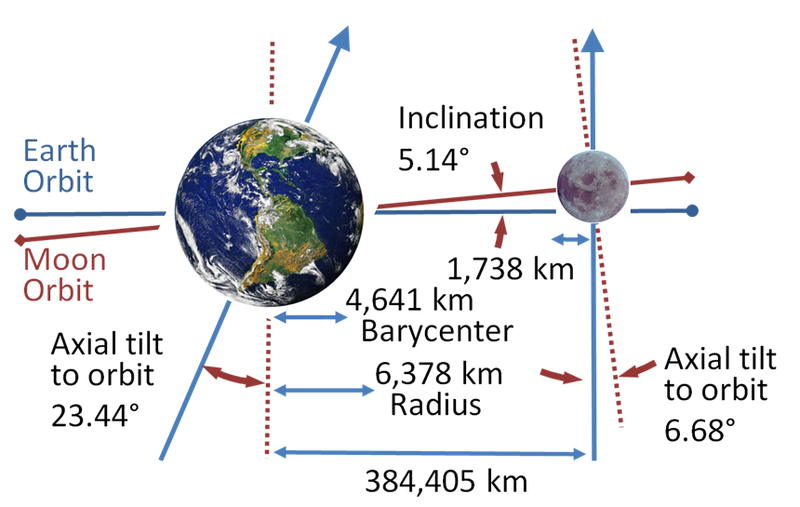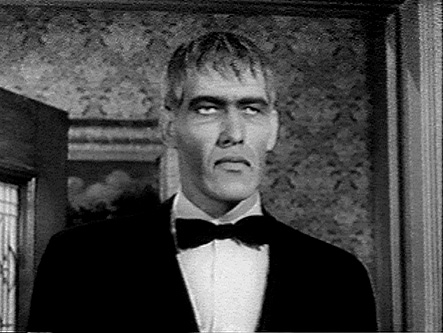alter-ego wrote:
It is interesting, in addition to the lunar axial tilt and orbial inclination, the Earth's axial tilt should be explicitly mentioned. The largest wobble component is driven by the angle difference between the Earth equator and the moons orbit which varies between approximately 18° and 28°over 18 years (≈ 23.4°+/- 5.1°). Art, your posted diagram shows the important parameters, but the timescale for the large wobble, and the importance of the Earth's axial tilt was not clear. If one visualizes two lines: one line that is parallel to the Earths axis (a north-south line) that is drawn through the center of the moon, and a second line drawn through the Moon's rotation axis (connecting the lunar poles), the Position Angle is defined as the angle between between these lines. Currently, the change in PA is seen to oscillate ±24°(48°total) over each lunar orbit. I think it's correct to say the PA change is what sagansmyhero was asking about.
Thanks, alter-ego. You are quite right about the 23.4°axial tilt of the earth being the
main factor here.
As regards the orientation of the Lick Observatory
Moonrise vis-a-vis the horizon there are basically two primary effects:
1)
The full moon has a counter clockwise twist each March Equinox as observed all night by everyone on the planet.
(Likewise, the full moon has a clockwise twist each September Equinox as observed by everyone on the planet.)
2)
The rising full moon in the Northeast has a clockwise twist vis-a-vis the horizon each December Solstice as it tries to point forwards towards Polaris.
(Likewise, the setting full moon in the
Northwest has a
counter clockwise twist
vis-a-vis the horizon each December Solstice as it tries to point
backwards towards Polaris.)
The lunar axial tilt of 6.68º and lunar inclination of 5.14º affect both the magnitude & timing of these regular predictable "twists" but these are, as you say, secondary factors (and they do not change much over just 4 years).
 Lick Observatory Moonrise
Lick Observatory Moonrise
